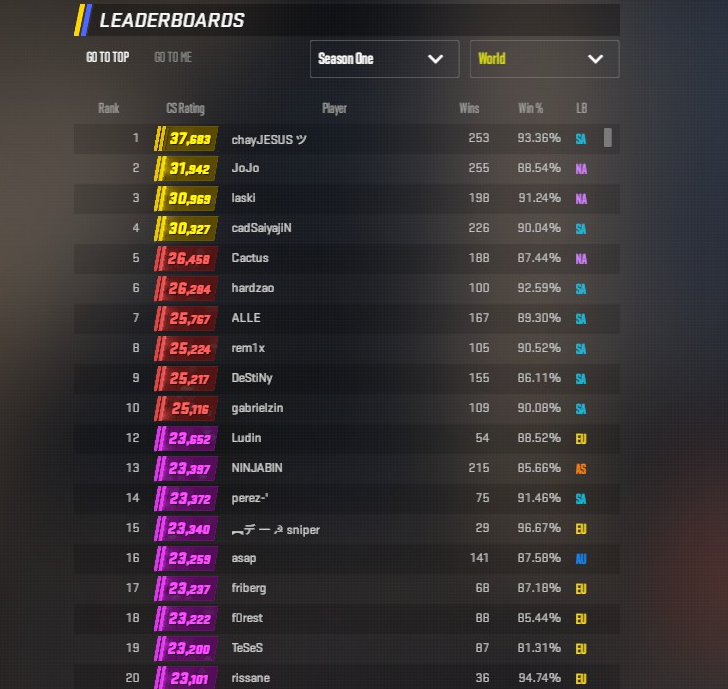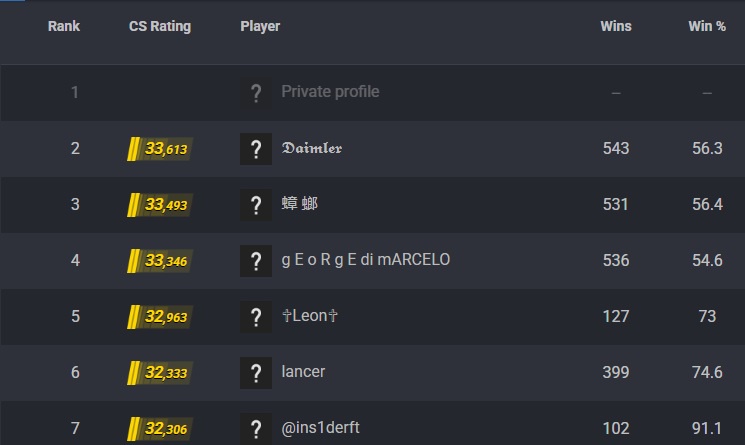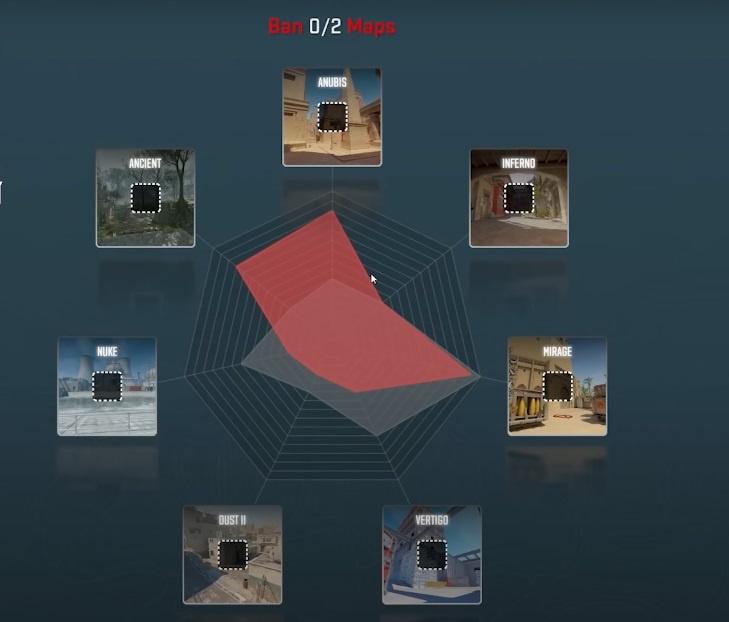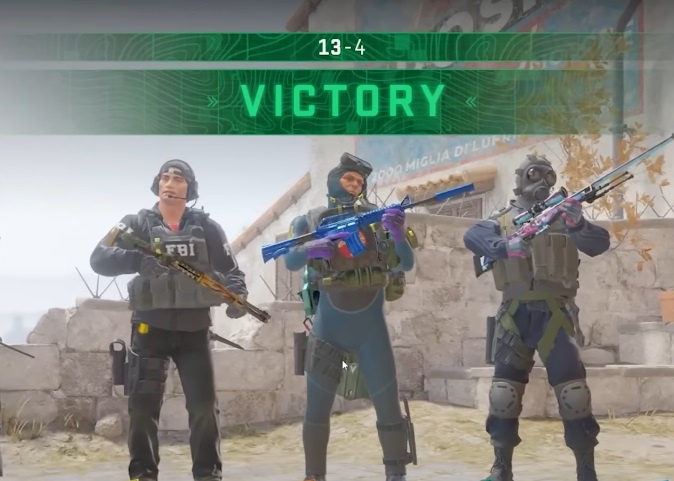In Counter-Strike 2, the development team has significantly revamped matchmaking, changing the modes and rules of play. One of the “innovations” is the Premier Mode. The CS.MONEY Blog walks you through how the ranking system works in CS2.
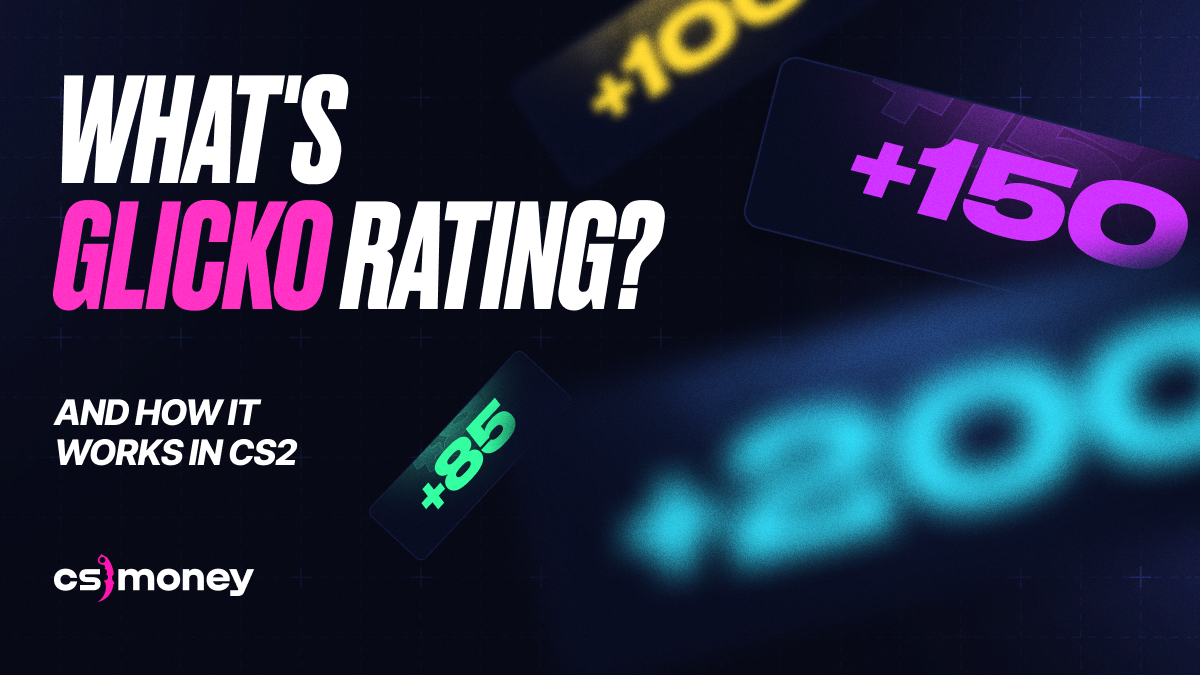
Although the rating is an important part of CS2, it is not the only thing. Bright skins will help you get the most out of the game, and you can easily buy them without overpaying on CS.MONEY!
Competitive Mode in CS2
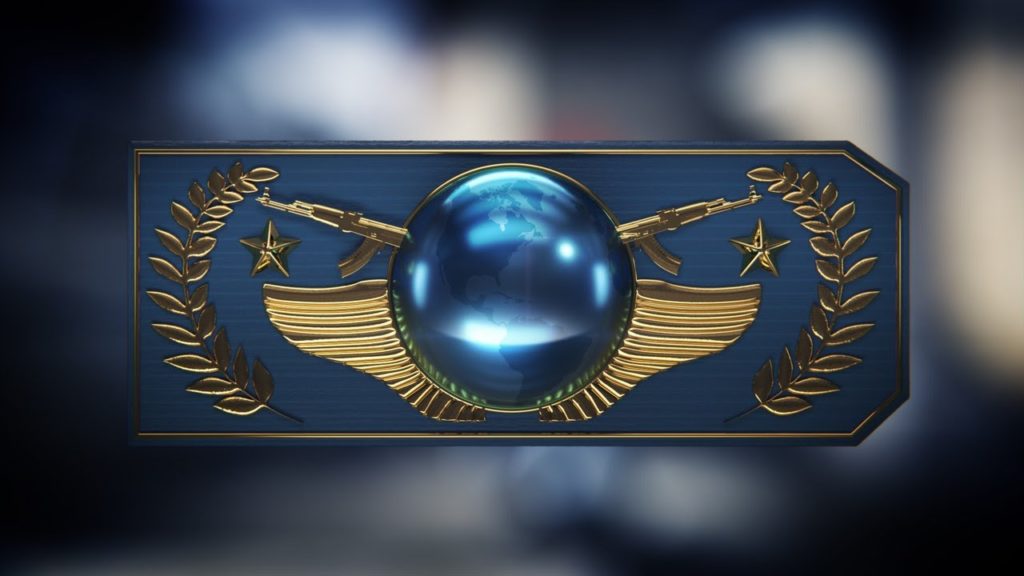
In Counter-Strike 2, matchmaking is divided into two categories:
- Premier Mode
- Competitive
The modes are quite different from each other. In Competitive mode, the ranking is calibrated separately for each map. The maps are selected beforehand, just like in Counter-Strike: Global Offensive. In Competitive mode, the rank is not displayed numerically but with a special icon.
How does Premier Mode work in CS2?
Premier Mode is the main competitive format in the game. It differs significantly from the previous CS series. Here are its key features:
- Global leaderboard: All players in Premier Mode have a numeric rating that determines their position on the leaderboard. You can track the top players from each region directly from the in-game menu.
- Pick and ban system for maps: Both teams vote on which map they will play before each match.
- Play to 13 rounds: If the match ends in a tie after regular time, teams play one set of overtime rounds. If it’s still tied, the match ends.
Despite these differences, both modes are similar in their basic operation. Winning earns ranking points, while losing takes them away. If you pass a certain threshold, your skill group changes. In Competitive mode, the icon changes, while in Premier Mode, it’s the color of your ranking badge.
How is the Premier Mode rating calculated in CS2?
We don’t know the exact mechanics behind the ranking calculation in CS2, as Valve keeps this information hidden to prevent exploitation by dishonest players. However, it’s assumed that CS2 uses a modified version of the Glicko-2 rating system.
In simple terms, this is an improved version of the Elo rating system, adjusted for the team-based nature of the game. Here’s how it works:
- Wins earn points, while losses take them away. The greater the difference between opponents, the more points the weaker team will gain from a win, and the fewer points they will lose from a loss. Conversely, the stronger team gains fewer points and loses more.
- Winning streaks earn more points. This is because a special coefficient is used to measure how much a result deviates from the expected outcome. The higher the deviation, the more it affects the result. In other words, winning or losing streaks have an amplified effect on the rating.
In Premier Mode, the ranking is divided into seven categories, each represented by a different color. These categories group players who are roughly equal in skill—up to 5,000 rating points, 5,000 to 10,000, and so on. To move from one group to another, a player needs to play a match to either increase or decrease their rank.
As mentioned earlier, the developers keep the ranking calculation process a secret. Therefore, don’t trust any advice claiming to speed up your rating gain through special actions, like dealing damage with grenades or increasing your average damage per round. It’s likely a myth.
How do I start playing in Premier Mode in CS2?
Premier Mode is not available to all players. To gain access, you need to meet two conditions:
- Achieve “Prime” status: This can be purchased from the game’s page on Steam.
- Reach level 10 in CS2: You can do this by playing other game modes.
After meeting these requirements, you need to play calibration matches, and then Premier Mode will be fully activated. You’ll have a ranking and the ability to improve it or lose it while playing CS2.
How do you raise your rating in Premier Mode in CS2?
Although CS2 is a team game, individual contribution has a significant impact on the match outcome. If you want to raise your rating in Premier Mode and do it quickly, make sure to:
- Warm up before the game and focus on your mindset. A quick ten-minute warm-up on Deathmatch, where you focus on winning, will help you improve.
- Use a microphone. Even basic communication makes teams much more likely to win.
- Learn how to use grenades. The simplest smokes and flashes are easy to learn, but their impact is immeasurable.
- Avoid quick losing streaks. If you’re tilting, tired, or just fed up, take a break and play later. Each loss takes away rating points, and a losing streak can quickly lower your rating.
Although we don’t know the exact formula for rating calculation in CS2, both Competitive and Premier modes use a modified Elo system. Its basic principles are simple—beat your opponents to increase your rating. The stronger the opponent, the greater your rating increase. Good luck in your matches, and don’t tilt! Anyone can reach a 20k rating!

